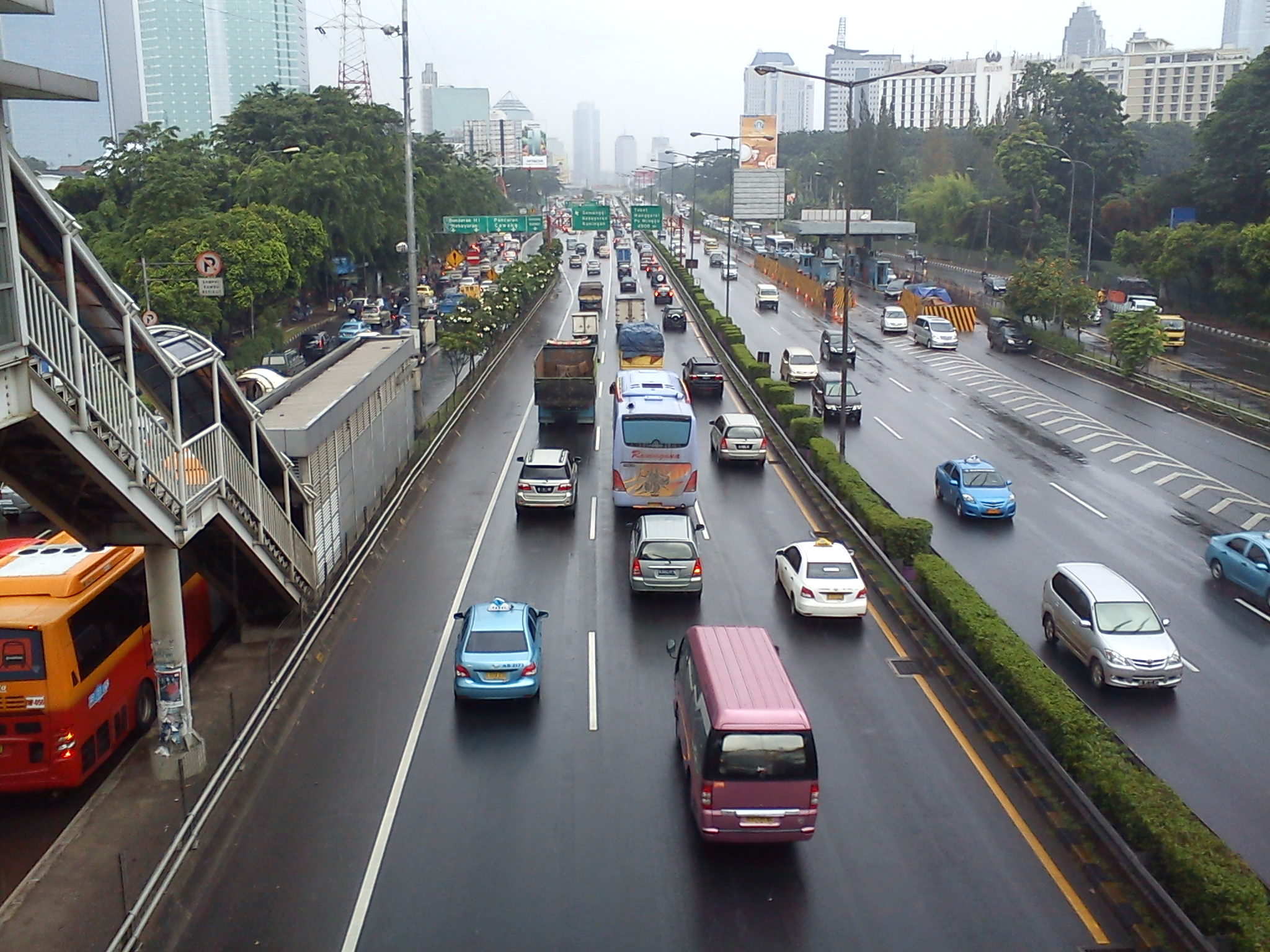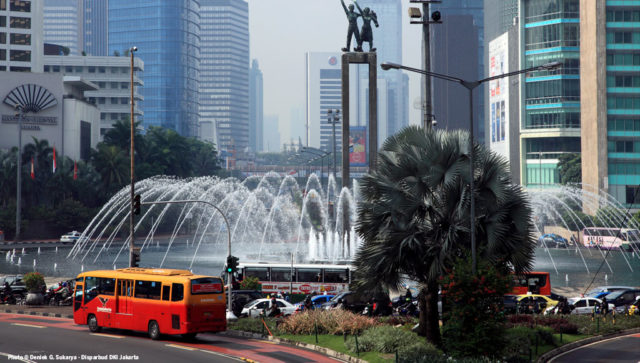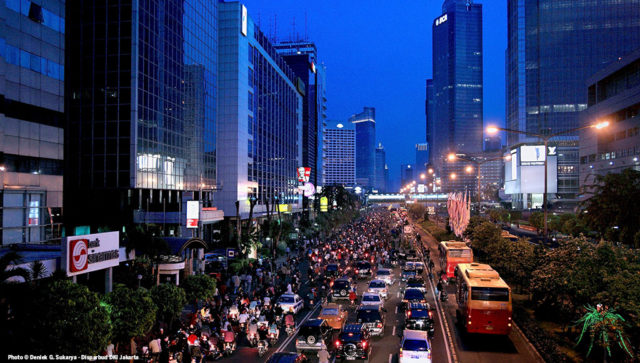
Tackling Pollution and Improving Travel Safety on the Streets of Jakarta: Q&A
mai 4, 2015 — Uncategorized
Action on mobility and climate need to be taken now. As one of the most congested cities in the world, Jakarta encapsulates the urgent need to find innovative solutions for mobility and climate change.

Ahead of the New Cities Summit in Jakarta, we are calling upon Indonesia-based innovators to enter the Jakarta Urban Challenge to tackle congestion, reduce greenhouse gas emissions and improve travel safety and accessibility in Indonesia’s bustling capital.
With the Challenge deadline fast approaching, we sat down with Widya Anggraini, a Jakarta-based urban planner and community manager for urb.im, to gain some on-the-ground insights into Jakarta’s complex transport system.
NCF: What are the greatest challenges for urban mobility in a city like Jakarta?
WA: Firstly, the lack of reliable and safe public transportation and poor spatial planning policies are the greatest challenges for urban mobility in Jakarta. A study by the Institute for Transportation and Development Policy illustrated that motorized vehicle ownership is growing over 9 per cent per year and more than 2,000 newly registered motorcycles and around 500 cars are joining Jakarta’s congested streets per day. Hence, there is an urgent need to provide affordable, reliable and safe public transport as well as to support policies that reverse the growing popularity of motorized vehicles.
NCF: Public transport in Jakarta is said to be one of the most dangerous in the world for women. How important is gender safety when planning and managing public transport?
WA: Gender perspective has not always been part of planning and managing public transportation in Jakarta. However, there has been a considerable improvement to strengthen public transportation safety and acknowledge women’s special needs. This is due to the high number of sexual harassment cases on public transportation, with both trains and buses becoming overcrowded during peak times. The current suburban rail system has greatly benefitted women in Jakarta by providing dedicated women’s carriages. The same can be said for the new MRT system (Trans Jakarta). However, these precautions for for female safety have not been adopted by other Indonesian bus providers such as Kopaja. Thus these transport options continue to be unsafe for women. In the future, there should be careful planning and consideration for women. This is because women in Indonesia have a double burden: employment and care work, therefore safe and fast travel is vitally important.
NCF: Which mobility solutions that combat climate change do you think can successfully be implemented in Jakarta?
WA: There are two alternative solutions that might work: 1) The use of non-motorized vehicles should be promoted. This means that the government should start to encourage people to walk or to bike by improving pedestrian and bike lanes. 2) Policies that discourage people to use cars and motorcycles could also be implemented. This could be done by adopting alternative policies such as congestion pricing for several busy main roads; increasing the fuel price for private vehicles; applying higher taxes for both car and motorcycles ownership; and changing the perception of people towards motorized vehicles. Above all, Jakarta needs good leadership and political will to ensure these policies take place.
NCF: What social implications can gridlock create in a city like Jakarta?
WA: There are several social implications that gridlock could create in a city like Jakarta. These include: increased stress and exhaustion from long hours spent commuting; a severe loss of productive time due to the slow average speed of travel in Jakarta; increased air pollution due to motor emissions and higher energy consumption; and finally the hazardous health effect of large levels carbon dioxide in the congested city.
